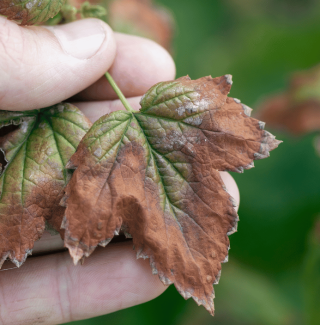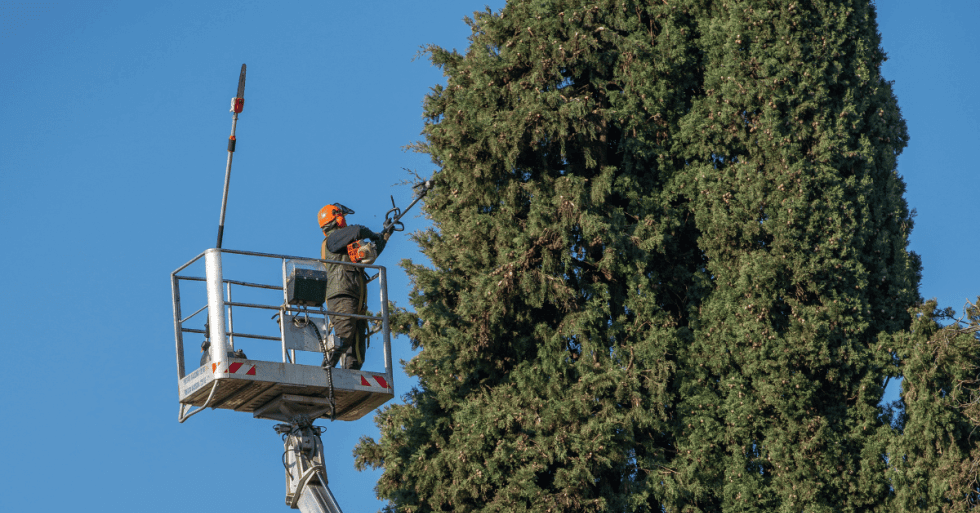Japanese maple trees are prized for their elegant foliage and vibrant colors, adding beauty and charm to landscapes. However, like all plants, they are susceptible to various diseases, one of the most common being Verticillium wilt.
This fungal disease can cause significant damage if left untreated, impacting the health and appearance of Japanese maple trees. This article will delve into the symptoms, testing methods, recovery strategies, and prevention techniques for Verticillium wilt, offering valuable insights for homeowners and arborists alike.
Verticillium Wilt Symptoms on Japanese Maple
Identifying Verticillium wilt on Japanese maple trees is crucial for prompt intervention. The symptoms may vary depending on the severity of the infection, but there are some telltale signs to watch out for:
- Wilting Leaves: One of the earliest symptoms is the sudden wilting of leaves, often starting at the top of the tree and gradually progressing downward. Affected leaves may turn yellow or brown before wilting completely.
- Leaf Discoloration: As the disease progresses, the leaves may exhibit discoloration, with dark green or purple streaks appearing along the veins. This discoloration results from the fungus blocking the vascular system and hindering nutrient transport.
- Stunted Growth: Verticillium wilt can also stunt the growth of Japanese maple trees, causing them to appear smaller than usual. This is due to the reduced nutrient uptake caused by vascular blockage.
- Dieback of Branches: In severe cases, branches may die back, with leaves and twigs becoming dry and brittle. This can lead to canopy thinning and declining the tree's health.
- Vascular Discoloration: When inspecting the inner bark of affected branches, you may notice dark streaks or discoloration in the vascular tissue. This is a clear indicator of Verticillium wilt infection.

How to Test for Verticillium Wilt?
Confirming the presence of Verticillium wilt is essential for implementing the appropriate treatment plan. While visual symptoms can provide valuable clues, a definitive diagnosis often requires laboratory testing. Here's how to test for Verticillium wilt:
- Sampling: Collect samples of affected plant tissue, including leaves, stems, and branches showing symptoms of wilt and discoloration.
- Laboratory Analysis: Submit the samples to a reputable plant pathology laboratory. Specialized tests, such as fungal culturing and polymerase chain reaction (PCR), can identify the presence of Verticillium spp. in the tissue.
- Professional Consultation: Consider seeking assistance from certified arborists or plant health specialists who can interpret the test results accurately and recommend appropriate treatment options.
Verticillium Wilt Recovery
While Verticillium wilt can be devastating, there are steps you can take to help Japanese maple trees recover from the infection:
- Pruning: Remove and dispose of infected branches to prevent the fungus spread. Make clean cuts using sterilized pruning tools to minimize the risk of further contamination.
- Fertilization: Provide adequate nutrients to support the tree's recovery process. Apply balanced fertilizers rich in phosphorus and potassium to promote root growth and overall vigor.
- Water Management: Ensure proper watering practices to maintain soil moisture levels without creating waterlogged conditions. Adequate hydration helps the tree withstand stress and recover from disease.
- Soil Amendments: Improve soil health by incorporating organic matter and beneficial microbes. Healthy soil promotes strong root development and enhances the tree's natural defense against pathogens.
- Biocontrol Agents: Consider using biological control agents, such as mycorrhizal fungi and beneficial bacteria, to suppress the growth of Verticillium spp. in the soil.
How to Prevent Verticillium Wilt
Prevention is critical to protecting Japanese maple trees from Verticillium wilt and other diseases. Here are some preventive measures to consider:
Site Selection: Plant Japanese maple trees in well-drained soil with good air circulation to reduce the risk of fungal infections. Avoid planting in areas prone to waterlogging or soil compaction.
Proper Planting Techniques: Plant trees at the appropriate depth and spacing, not injuring the roots during installation. Mulch around the tree's base to conserve moisture and suppress weed growth.
Sterile Tools: Use sterilized pruning tools when performing any tree maintenance tasks to prevent the introduction of pathogens—clean tools with bleach or rubbing alcohol between uses.
Resistant Varieties: Choose Japanese maple cultivars known for resisting Verticillium wilt, such as Acer palmatum 'Bloodgood' or Acer japonicum 'Aconitifolium.'
Regular Inspections: Conduct routine inspections of Japanese maple trees for early signs of disease or stress. Prompt detection allows for timely intervention and better chances of successful treatment.
Contact Strobert Tree Services
At Strobert Tree Services, we understand the importance of maintaining healthy trees and landscapes. Our team of certified arborists and plant health care specialists is dedicated to providing professional tree care services in Delaware, Pennsylvania, and eastern New Jersey. Whether you need assistance with disease management, tree pruning, or preventive care, we're here to help. Contact us today to schedule a consultation and experience the difference with Strobert Tree Services.
Verticillium wilt poses a significant threat to Japanese maple trees. Still, with proper identification, testing, and treatment, mitigating its impact and restoring tree health is possible. By understanding the symptoms, testing methods, recovery strategies, and prevention techniques discussed in this article, homeowners and arborists can effectively manage Verticillium wilt and preserve the beauty of Japanese maple trees for generations to come.











